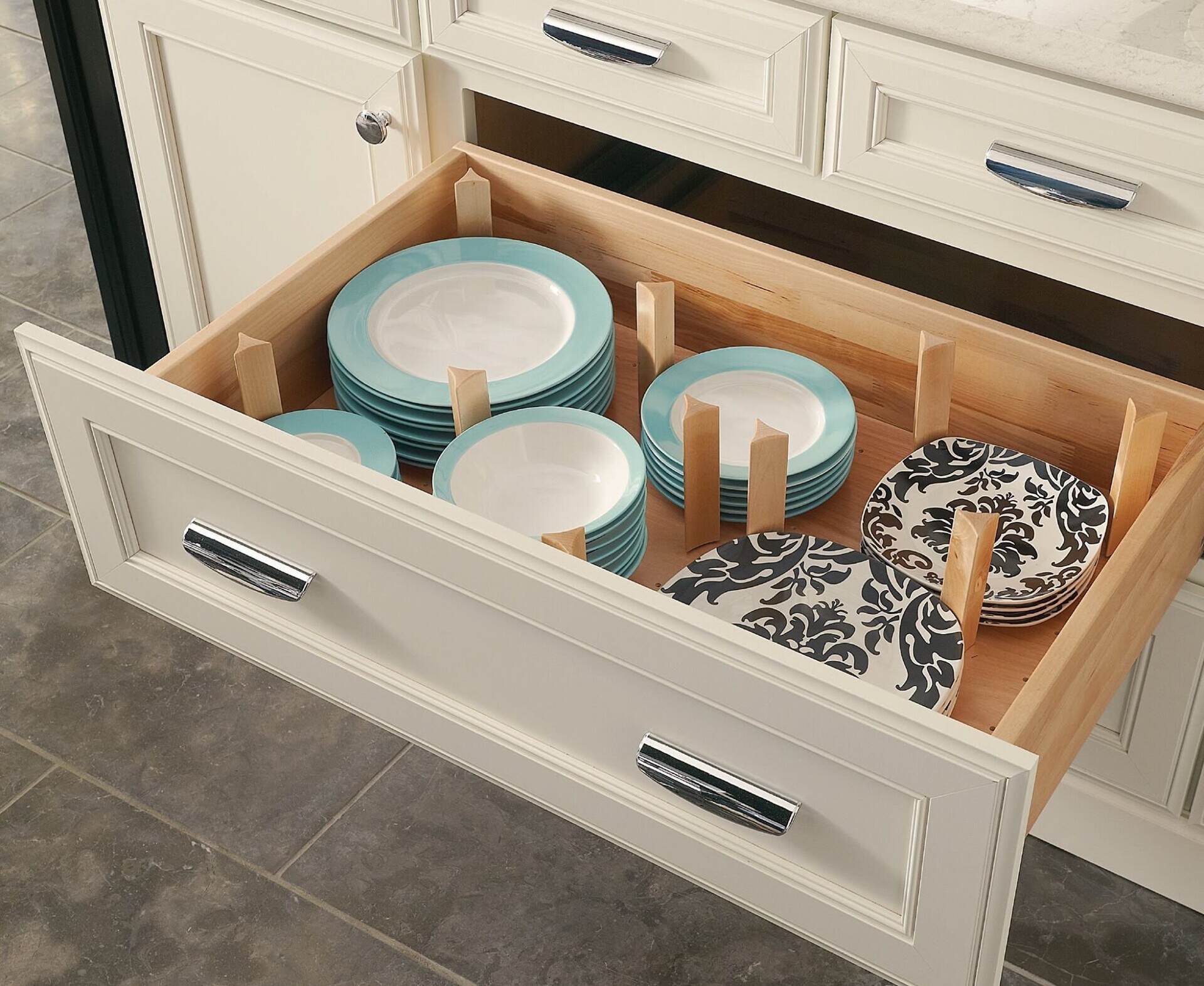

Articles
How To Store Dishes
Modified: January 18, 2024
Discover the best articles on how to store dishes and keep them organized and protected. Get expert tips and tricks for maximizing space and preserving your dinnerware.
(Many of the links in this article redirect to a specific reviewed product. Your purchase of these products through affiliate links helps to generate commission for Storables.com, at no extra cost. Learn more)
Introduction
Welcome to our comprehensive guide on how to store dishes! Whether you’re moving, downsizing, or simply looking for ways to declutter your kitchen, proper dish storage is essential to keep your dinnerware clean, organized, and in good condition. In this article, we will explore the importance of storing dishes correctly and provide you with helpful tips and techniques to ensure that your plates, bowls, glassware, silverware, and cookware remain safe and well-preserved.
Proper dish storage not only protects your tableware from damage but also helps to extend its lifespan. By implementing the right storage techniques, you can prevent chips, scratches, and breakage, allowing your dishes to stay beautiful and functional for years to come. Additionally, a well-organized dish storage system saves valuable space in your kitchen cabinets and makes meal preparations more efficient as you can easily find the items you need.
Before delving into the specific methods of dish storage, it’s essential to prepare your dishes properly. Give them a thorough cleaning using warm water, mild detergent, and a soft sponge, ensuring all food residue and grease are removed. Dry each piece thoroughly to avoid moisture buildup, which can lead to mold or discoloration. Once your dishes are clean and dry, you can proceed with the appropriate storage methods based on the type of tableware.
There are different types of dish storage containers available on the market, each designed to accommodate specific items and protect them from damage. From specialized plate racks and stemware holders to adjustable dividers for silverware and stackable organizers for cookware, you’ll find an array of options for every type of dish. Consider investing in sturdy, high-quality storage containers that can withstand regular use and provide adequate protection for your tableware.
When it comes to storing plates and bowls, stack them vertically to prevent them from shifting and potentially breaking under the weight. Place soft padding, such as felt or silicone separators, between each piece to cushion them from impact. For glassware and stemware, consider using individual storage compartments or dividers to keep them stable and avoid chipping. Wrap delicate stemware in protective sleeves or cloth to provide an extra layer of protection.
Utensils and silverware can be stored in divided trays or drawer organizers, keeping them easily accessible and preventing them from scratching or tarnishing. To minimize the chance of rust, stainless steel utensils should be completely dry before storage. Cookware and bakeware can be stacked neatly, with protective pads or liners in between to prevent scratching.
Organization is key to maintaining an efficient dish storage system. Group items together based on their type or frequency of use, and label containers or shelves to easily identify what’s stored inside. Keep frequently used items within easy reach, while less commonly used ones can be placed in higher or less accessible areas.
Lastly, don’t forget the importance of maintaining dish storage hygiene. Regularly clean and sanitize your storage containers to prevent the buildup of dirt, dust, or bacteria. Wash your hands before handling clean dishes, and ensure that the storage area is clean and dry to avoid any potential contamination.
By following these simple steps, you can keep your dishes safe, organized, and in excellent condition. Now, let’s dive into the specific methods for storing plates, bowls, glassware, silverware, cookware, and bakeware. Get ready to optimize your kitchen storage space and enjoy hassle-free meal preparations!
Key Takeaways:
- Proper dish storage is essential for maintaining an organized, efficient, and hygienic kitchen. From preparing dishes for storage to choosing the right storage containers, each step plays a vital role in maximizing space and preventing damage.
- By implementing proper storage techniques and maintaining dish storage hygiene, you can create an efficient and well-organized dish storage system that enhances your overall kitchen experience. This ensures that your dishes remain in excellent condition, saving you money on replacements and making meal preparations a breeze.
Read more: How To Store China Dishes
Importance of Proper Dish Storage
Proper dish storage is not just about keeping your kitchen cabinets neat and organized; it plays a significant role in ensuring the longevity and usability of your tableware. Here are some key reasons why investing time and effort into proper dish storage is essential:
- Prevent breakage and damage: One of the primary reasons for storing dishes properly is to avoid breakage and damage. By using appropriate storage containers, padding, and stacking techniques, you can minimize the risk of plates, bowls, and glassware breaking or chipping. This, in turn, saves you money and prevents the frustration of having to replace broken items.
- Extend the lifespan of your dishes: When dishes are stored haphazardly, they can rub against each other, causing scratches and abrasions. Additionally, improper stacking can lead to pressure on the lower items, resulting in cracked or weakened pieces. By implementing proper dish storage techniques, you can help extend the lifespan of your tableware, allowing you to enjoy your favorite dishes for much longer.
- Keep tableware clean and sanitary: Dust, dirt, and pests can find their way into improperly stored dishes, leaving you with dirty and unsanitary tableware. Effective dish storage not only keeps your dishes organized but also protects them from external contaminants. Clean storage containers and regular cleaning of your storage area help maintain the cleanliness and hygiene of your dishes.
- Maximize kitchen cabinet space: Well-organized dish storage maximizes the space within your kitchen cabinets. By using specific storage containers, dividers, and stackable organizers, you can efficiently utilize every inch of cabinet space available. This makes it easier to find and access dishes and creates a clutter-free environment in your kitchen.
- Efficient meal preparations: Proper dish storage ensures that your kitchen is set up for efficient meal preparations. When you can quickly locate the dishes, glassware, silverware, and cookware you need, you spend less time searching and more time enjoying the cooking process. This can greatly streamline your mealtime routine and make entertaining guests a breeze.
Ultimately, proper dish storage is not just about aesthetics; it is about protecting your investment and enhancing your overall kitchen experience. By following the guidelines and tips outlined in this article, you can organize your dishes in a way that maximizes space, minimizes breakage, and keeps your tableware clean and ready for use. So, let’s dive into the specific techniques for preparing and storing different types of dishes, ensuring that your kitchen remains functional, efficient, and visually appealing.
Preparing Dishes for Storage
Before storing your dishes, it is crucial to prepare them properly to ensure their cleanliness and longevity. Here are some essential steps to follow when preparing your dishes for storage:
- Clean thoroughly: Begin by cleaning each dish individually using warm water, mild dish soap, and a soft sponge or cloth. Remove any food residue or grease, paying close attention to corners and crevices. Rinse the dishes thoroughly to remove all soap residue.
- Dry completely: After washing, it is important to dry each dish thoroughly to prevent the buildup of moisture, which can lead to mold or discoloration. Consider using a clean, lint-free dish towel or air-drying rack to facilitate the drying process. Ensure that all dishes, especially glassware and silverware, are completely dry before proceeding to the next step.
- Inspect for damage: Take a moment to inspect your dishes for any existing damage. Look for chips, cracks, or any signs of wear and tear. If you come across any damaged items, it is best to set them aside or discard them, as they may pose a risk when stored or used in the future.
- Stackables with padding: For plates and bowls, it is best to stack them vertically to optimize cabinet space. However, it is essential to provide adequate padding between each piece to prevent them from scratching or chipping. Consider using felt or silicone separators to cushion the dishes and keep them secure.
- Suspend fragile items: To protect delicate items such as glassware and stemware, it is advisable to use specialized storage containers that suspend each piece individually. These containers, often made of foam or plastic, have designated compartments to keep the glasses stable, preventing them from banging against each other.
- Wrap delicate items: If you do not have specialized storage containers, you can wrap delicate stemware or glassware individually in soft materials, such as tissue paper or cloth. This provides an extra layer of protection and prevents them from scratching or breaking.
- Divide and conquer: Utensils and silverware can be stored neatly in divided trays or drawer organizers. Use separate compartments for different types of utensils, such as spoons, forks, and knives, to keep them organized and prevent them from tangling or scratching each other.
- Pot and pan protection: When storing cookware and bakeware, it is important to prevent them from scratching or damaging each other. Place protective padding, such as silicone liners or cloth, between each pot or pan to create a barrier and minimize impact.
- Consider weight distribution: Keep in mind the weight distribution when storing dishes, especially heavy pots or pans. Place heavier items on lower shelves or in more sturdy storage containers to prevent them from damaging lighter or more delicate items.
By following these steps, you can ensure that your dishes are clean, dry, and adequately protected before being stored. Proper preparation not only maintains the cleanliness and quality of your tableware but also makes it easier to stack, store, and locate items when needed. Once your dishes are prepared, you can proceed with choosing the appropriate storage containers and techniques for different types of tableware.
Types of Dish Storage Containers
When it comes to storing dishes, using the right type of storage containers is crucial to keep your tableware safe and organized. Here are some common types of dish storage containers to consider:
- Plate racks: Plate racks are designed specifically for storing plates in an upright position. They feature slots or dividers that hold plates securely, preventing them from sliding or shifting. Plate racks come in various sizes to accommodate different plate sizes, making them an excellent option for efficient cabinet storage.
- Bowl organizers: Bowl organizers are similar to plate racks but are designed specifically for storing bowls. They help keep bowls stacked neatly while providing stability and preventing chipping or cracking. Bowl organizers often have adjustable dividers, allowing you to customize the size to fit your specific bowl collection.
- Glassware and stemware holders: Glassware and stemware holders are specialized containers that suspend glasses individually to protect them from damage. These containers often feature dividers or compartments to keep each piece secure and prevent them from colliding. Glassware holders are available in various sizes and configurations, making them suitable for different glassware types.
- Divided trays for silverware: Divided trays are ideal for storing silverware and utensils. These trays have separate compartments for spoons, forks, knives, and other utensils, keeping them organized and easily accessible. Divided trays are available in different materials, including plastic, wood, and metal, allowing you to choose one that suits your preferences and kitchen decor.
- Adjustable drawer dividers: Adjustable drawer dividers are versatile storage solutions that can be used for various types of dishes. They can be adjusted to fit different sizes of plates, bowls, and even cookware. Adjustable dividers are typically made of plastic or bamboo and are easy to install and remove, making them an excellent option for creating custom storage spaces.
- Stackable organizers: Stackable organizers are perfect for maximizing storage space and keeping items organized. These containers can be stacked on top of each other, allowing you to utilize vertical space effectively. Stackable organizers are available in different sizes and configurations, making them suitable for various dish types, including plates, bowls, and glassware.
- Pot and pan racks: Pot and pan racks are designed to store and organize your cookware efficiently. These racks often feature adjustable tiers or shelves, allowing you to customize the size and arrangement to fit your pots and pans. Pot and pan racks can be freestanding or wall-mounted, providing easy access to your cookware while minimizing clutter in your cabinets.
When choosing dish storage containers, consider the size and type of your tableware collection, as well as the available space in your kitchen cabinets. Opt for sturdy containers that provide adequate protection and are easy to clean. Remember to measure your cabinet dimensions before purchasing storage containers to ensure a proper fit.
By using the right dish storage containers, you can keep your tableware organized, accessible, and well-protected. These containers not only help prevent breakage and damage but also optimize your storage space, making meal preparations more efficient. In the next sections, we will explore specific techniques for storing plates, bowls, glassware, silverware, cookware, and bakeware to help you make the most of your dish storage containers.
Storing Plates and Bowls
Properly storing plates and bowls is essential to prevent them from scratching, chipping, or breaking. Here are some tips and techniques for storing plates and bowls:
- Stack vertically: When storing plates and bowls, stack them vertically rather than horizontally. This helps to distribute the weight evenly and minimizes the risk of breakage. Start by placing a felt or silicone separator between each plate or bowl to provide cushioning and prevent them from rubbing against each other.
- Group by size: If you have plates and bowls of different sizes, it’s helpful to group them together. Stack plates of the same size together and do the same for bowls. This makes it easier to find specific items and prevents smaller plates or bowls from getting hidden or damaged under larger ones.
- Avoid overstacking: While it’s important to maximize your storage space, avoid overstacking plates or bowls to the point where the weight becomes excessive. Overstacking can lead to pressure on the lower pieces, increasing the risk of cracking or breaking. Aim for a reasonable number of plates or bowls in each stack, keeping in mind the weight and stability of your storage shelves or cabinet.
- Use plate racks: Plate racks are convenient storage solutions designed specifically for plates. These racks have slots or dividers that hold plates securely in an upright position. By using plate racks, you can easily access and remove plates without disturbing the rest of the stack. Plate racks also help to prevent plates from sliding or shifting, reducing the risk of breakage.
- Bowl organizers: Similar to plate racks, bowl organizers are specialized storage containers for bowls. These organizers keep bowls stacked neatly and securely. Choose organizers that have adjustable dividers, allowing you to customize the size to fit your specific bowl collection. This prevents bowls from moving around and potentially rubbing against each other.
- Protect fragile or delicate pieces: If you have fragile or delicate bowls, consider wrapping them individually in soft materials, such as tissue paper or cloth, before placing them in storage containers. This provides an extra layer of protection and minimizes the risk of chipping or breaking. Alternatively, you can use storage containers with padded compartments to keep delicate bowls secure.
- Avoid sharp impacts: When handling or storing plates and bowls, be careful to avoid sharp impacts or sudden movements that could cause them to collide. Take your time when placing items into storage, ensuring that each piece is properly positioned and supported. Gentle handling is key to maintaining the integrity of your plates and bowls.
- Consider drawer dividers: If you have deep drawers in your kitchen, you can use adjustable drawer dividers to create separate sections for plates and bowls. This allows for easy access and prevents them from shifting or sliding around. Drawer dividers are particularly useful for smaller plates and bowls that may get lost in larger storage cabinets.
By implementing these storage techniques, you can keep your plates and bowls organized, easily accessible, and protected from damage. Whether using plate racks, bowl organizers, or a combination of both, proper storage ensures that your tableware remains in excellent condition for everyday use or special occasions.
In the next sections, we will explore specific tips and methods for storing glassware, stemware, silverware, cookware, and bakeware. By following these guidelines, you can optimize your dish storage system and create a functional and efficient kitchen space.
Read more: How To Store Chafing Dishes
Storing Glassware and Stemware
Glassware and stemware are delicate and prone to chipping or breaking, so proper storage is essential to keep them safe. Here are some tips for storing glassware and stemware:
- Use specialized storage containers: Investing in specialized storage containers designed specifically for glassware and stemware is highly recommended. These containers typically have individual compartments or dividers that hold each piece securely and prevent them from colliding with each other. Look for containers that are made of durable materials and provide adequate cushioning and protection.
- Suspend stemware: If you have stemware, it’s important to suspend each piece individually to prevent the delicate stems from snapping or breaking. Specialized glassware storage containers often have hooks or holders that securely hold the stemware in an upright position, keeping them stable and minimizing the risk of damage. Alternatively, you can use soft cloth or paper towels to create a bed in a flat storage container, gently nestling the stems of each glass into the material.
- Wrap delicate stems: If you don’t have specialized storage containers, you can individually wrap the stems of your stemware in soft cloth or tissue paper before storing them upright in a secure container. This provides an additional layer of protection against any potential impacts or movements that could cause damage.
- Avoid overcrowding: It’s crucial to avoid overcrowding the storage containers or shelves where your glassware is stored. Allowing enough space between each piece reduces the chance of accidental bumps or collisions, preventing chips, cracks, or breakage. Consider leaving some empty compartments or utilizing a larger storage container to avoid overcrowding and ensure adequate protection.
- Separate by type: If you have different types of glassware, such as wine glasses, champagne flutes, and tumblers, consider separating them by type to prevent them from knocking against each other. Each type of glassware may have different shapes and sizes, so separating them helps to minimize the risk of damage and makes it easier to find the specific pieces you need when entertaining guests.
- Utilize shelf liners: Adding soft shelf liners or nonslip mats to the shelves or compartments where you store your glassware can provide additional protection and stability. These liners help to prevent the glassware from shifting or sliding around and offer a cushioning layer that absorbs any minor impacts or vibrations.
- Store in a cool, dry place: Keep your glassware storage area away from excessive heat or direct sunlight to protect the integrity of the glass. Extreme temperatures can cause the glass to expand or contract, increasing the likelihood of breakage. Additionally, maintaining a dry environment helps prevent moisture buildup, which can lead to mold or mildew growth on your glassware.
- Consider display cabinets: If you have a collection of beautiful or valuable glassware or stemware, displaying them in glass-front cabinets can be a visually appealing storage option. Display cabinets provide a protected and dust-free environment while showcasing the elegance of your glassware collection. Ensure the shelves are level and use nonslip liners to keep the glassware from sliding or toppling.
By following these tips, you can ensure that your glassware and stemware are stored in a way that minimizes the risk of damage and extends their lifespan. Whether using specialized storage containers or alternative methods like individual wrapping, prioritize the protection and preservation of your delicate glassware pieces.
In the upcoming sections, we will delve into techniques for storing silverware, cookware, and bakeware, providing you with comprehensive strategies for organizing and protecting each type of dish in your kitchen.
To store dishes, stack plates and bowls by size to maximize space. Use dividers or padding to protect delicate items. Store heavier items at the bottom and lighter items on top to prevent breakage.
Storing Silverware and Utensils
Properly storing silverware and utensils not only keeps them organized but also prevents scratching, tarnishing, and other forms of damage. Here are some tips to help you store silverware and utensils effectively:
- Divided drawer organizers: Divided trays or drawer organizers are excellent storage solutions for silverware and utensils. These organizers have separate compartments for spoons, forks, knives, and other utensils. Choose organizers with deep compartments to accommodate longer utensils like serving spoons or spatulas. Divided drawer organizers keep silverware neatly sorted and prevent them from rolling around and scratching each other.
- Utilize adjustable drawer dividers: Adjustable drawer dividers are versatile storage accessories that allow you to customize the space within your drawers. You can create dedicated sections for different types of utensils, ensuring they stay separated and easily accessible. Adjust the dividers as needed to accommodate the varying sizes of your silverware and utensils.
- Wrap silverware: If you have silverware or heirloom pieces that are prone to tarnishing, consider individually wrapping them in soft cloth or anti-tarnish paper before storing them in a drawer or storage container. This provides an extra layer of protection and helps slow down the tarnishing process. Avoid wrapping silverware in plastic, as it can trap moisture and accelerate tarnishing.
- Choose tarnish-resistant storage: If you have a large collection of silverware or utensils and want to preserve their shine, consider using tarnish-resistant storage options. These storage containers are lined with anti-tarnish material, such as felt or fabric impregnated with special chemicals. They create a protective barrier that helps slow down tarnishing and keep your silverware looking its best.
- Avoid overcrowding: It’s important to avoid overcrowding your silverware storage area or drawer. Overcrowding can cause utensils to rub against each other, leading to scratches and damage. Allow enough space for each piece to prevent them from tangling together. If your storage space is limited, consider using multiple divided organizers or adjusting the layout of your drawer dividers.
- Separate by type and size: To make locating and accessing utensils easier, separate them by type and size. Keep spoons, forks, knives, and other utensils grouped together within their dedicated compartments or sections. Within each category, consider arranging them by size, with larger utensils toward the back and smaller ones in the front.
- Consider wall-mounted storage: If you have limited drawer space or prefer a more accessible storage solution, consider installing wall-mounted racks or hooks for your utensils. This allows you to hang your silverware and utensils within reach, saving valuable drawer space. Ensure that the hooks or racks are sturdy enough to hold the weight of your silverware.
- Regular cleaning and maintenance: Maintain the cleanliness and integrity of your silverware and utensils by regularly cleaning and polishing them. Silverware should be hand washed and dried thoroughly before being stored to remove any residue that could cause tarnishing or pitting. Regularly polish silverware to keep its lustrous shine and prevent tarnish buildup.
By implementing these storage tips, you can keep your silverware and utensils organized, protected, and readily available for daily use or special occasions. Whether utilizing divided drawer organizers, adjustable dividers, or wall-mounted storage, prioritizing the proper storage of your silverware and utensils ensures their longevity and helps maintain their beauty and functionality.
In the next sections, we will explore techniques for storing cookware, bakeware, and other kitchen essentials, helping you create an efficient and organized kitchen space.
Storing Cookware and Bakeware
Properly storing cookware and bakeware not only keeps your kitchen organized, but also helps to prevent scratches, damage, and clutter. Here are some tips to help you store your cookware and bakeware effectively:
- Stack with care: Stack cookware and bakeware items of the same type together to save space. However, be cautious when stacking to prevent scratches and damage. Consider placing a layer of protective padding, such as silicone liners or cloth, between each piece to create a barrier and minimize contact.
- Protect non-stick coatings: Non-stick cookware should be stored with care to preserve the non-stick coating. Avoid stacking non-stick pans directly on top of each other, as this can cause the coating to chip or scratch. If space is limited, place a soft liner or cloth between each non-stick pan to protect the surface.
- Utilize dividers: Consider using adjustable dividers or pan separators to create separate compartments within your cabinets or drawers for cookware and bakeware. This helps to prevent them from moving or sliding around, reducing the risk of scratches or damage. Dividers also make it easier to access specific items without having to dig through a stack of pans.
- Hang pots and pans: If you have limited cabinet space or want easy access to your cookware, consider installing a pot rack or hooks to hang your pots and pans. This not only frees up cabinet space but also prevents them from getting scratched or dented. Ensure that the pot rack or hooks are securely installed and can support the weight of your cookware.
- Use lid organizers: Lid organizers are useful for keeping pot and pan lids organized and easily accessible. These organizers can be mounted on the inside of cabinet doors or placed on shelves. They prevent lids from getting scattered and help save space. Opt for adjustable organizers to accommodate lids of different sizes.
- Store bakeware vertically: Rather than stacking bakeware horizontally, consider storing them vertically to save space and keep them visible. This makes it easier to find specific baking sheets, muffin tins, or cake pans when needed. Use dividers or vertical storage racks to keep bakeware items separated and organized.
- Secure lids and handles: When storing cookware with detachable lids or handles, make sure they are securely fastened to the pot or pan. This prevents lids or handles from getting misplaced or damaged and ensures that your cookware is stored in a compact and organized manner.
- Consider hanging hooks for utensils: If you have cooking utensils such as spoons, spatulas, and tongs, consider hanging hooks or a utensil rack to keep them readily accessible. This frees up drawer space and prevents utensils from tangling or getting damaged. Choose hooks or a rack that can accommodate the weight and quantity of your utensils.
- Avoid nesting fragile bakeware: Fragile or delicate bakeware, such as ceramic or glass dishes, should be stored separately and not nested within each other. Nesting can increase the risk of chips or cracks, especially when handling or retrieving the items. Store fragile bakeware in individual containers or wrap them in soft cloth or bubble wrap for added protection.
By following these storage tips, you can keep your cookware and bakeware organized, easily accessible, and in good condition. Whether stacking with care, utilizing dividers, or hanging your pots and pans, the proper storage of your cookware and bakeware ensures their longevity and makes cooking and baking more enjoyable.
In the following sections, we will explore techniques for organizing and maintaining the overall hygiene of your dish storage, providing you with a comprehensive approach to creating a functional and well-kept kitchen space.
Organizing Dish Storage
An organized dish storage system not only maximizes space but also makes meal preparations more efficient. Here are some tips to help you organize your dish storage effectively:
- Group similar items together: Start by grouping similar items together. Keep plates with plates, bowls with bowls, glassware with glassware, and so on. This makes it easier to find specific items when you need them and prevents them from getting mixed up or misplaced.
- Sort by frequency of use: Consider sorting your dishes based on their frequency of use. Keep everyday items within easy reach, such as at eye level or in lower cabinets or drawers, so they are readily accessible for daily meals. Place less frequently used items in higher or less accessible areas to make more room for everyday essentials.
- Label containers or shelves: Labeling storage containers or shelves can greatly streamline your kitchen organization. Use adhesive labels or label makers to identify the contents of each container or shelf. This allows you to quickly locate specific dishes and helps others in your household know where everything belongs.
- Utilize vertical space: Make use of vertical space by installing additional shelves or using stackable organizers. High-quality stackable organizers can help you maximize the available space in your cabinets and protect your dishes from damage. Consider investing in adjustable shelves to customize the height and create more storage options.
- Create zones: Separate your dish storage area into zones based on the type of dishes. Designate specific areas for plates, bowls, glassware, silverware, and cookware. This helps maintain a clear and organized system, making it easier to retrieve and store items as well as visually appealing for an efficient kitchen space.
- Consider display options: If you have a collection of special or decorative dishes, consider incorporating display options into your kitchen design. Glass-front cabinets or open shelves are excellent for showcasing beautiful pieces while still keeping them protected from dust and potential damage. Ensure that these display areas are clean and use proper shelf liners to prevent sliding or toppling.
- Prioritize safety: When organizing dish storage, prioritize safety and avoid placing heavier items, such as cast iron pans or large ceramic dishes, in unsteady or high cabinets or shelves. Make sure to distribute the weight evenly and use appropriate support systems to prevent accidents or injuries.
- Store frequently used items in reach: Arrange frequently used dishes, glassware, and utensils within easy reach. Place them in cabinets or drawers that are at a comfortable height, making meal preparations convenient and efficient. This helps optimize your workflow and minimizes the need to search for items when cooking or setting the table.
- Keep lids and covers nearby: Store pot and pan lids or food container covers close to their respective containers. Consider using lid organizers or dedicated compartments within cabinets or drawers to keep them organized and prevent them from getting lost or misplaced.
By implementing these organizing tips, you can create a functional and visually appealing dish storage system. Grouping similar items, labeling containers, and utilizing vertical space are just a few strategies that will help streamline your kitchen and make it more enjoyable to work in.
Next, we will discuss the importance of maintaining dish storage hygiene to keep your dishes clean, safe, and ready for use.
Read more: How To Store Pyrex Dishes
Maintaining Dish Storage Hygiene
Ensuring proper hygiene in your dish storage area is essential to keep your dishes clean, safe, and ready for use. Here are some tips to help you maintain dish storage hygiene:
- Regular cleaning: Regularly clean your dish storage area, including cabinets, shelves, and storage containers. Remove any dust, dirt, or food particles that may have accumulated. Use a mild detergent or cleaning solution suitable for the material to avoid damaging your storage containers or shelves.
- Wash hands before handling dishes: Before handling clean dishes, wash your hands thoroughly with soap and warm water. This helps prevent the transfer of dirt, grease, or bacteria onto your dishes, maintaining their cleanliness and hygiene.
- Clean storage containers: Clean your storage containers periodically to prevent the buildup of dirt, dust, or bacteria. Wash them with warm water and a mild detergent, making sure to remove any food residue or stains. Rinse thoroughly and allow them to dry completely before storing dishes inside.
- Inspect storage containers: Regularly inspect your storage containers for any signs of damage or wear. Discard containers that are cracked, chipped, or no longer provide a secure seal. Damaged containers can compromise the cleanliness and safety of your dishes, so it’s important to regularly replace them.
- Avoid storage near chemicals: Keep your dish storage area away from any chemicals or cleaning agents. The fumes or residue from these chemicals can contaminate your dishes and compromise their safety. Be mindful of storing dishes near areas where you store cleaning supplies or chemicals, ensuring that there is a safe distance between them.
- Ensure dry storage: Moisture can lead to mold growth or cause damage to your dishes. Ensure that your storage containers, cabinets, and shelves are completely dry before storing dishes inside. If necessary, use desiccants or moisture-absorbing packets to keep your storage area dry.
- Inspect dishes before use: Before using dishes that have been stored for a long time, inspect them for any signs of damage, such as chips, cracks, or discoloration. Discard any dishes that are damaged as they may pose a risk to your health or affect the quality of your food.
- Regular rotation: To prevent dishes from being left unused for long periods, practice regular rotation. Use older or less frequently used dishes first before reaching for newer ones. This ensures that all your dishes get equal use and reduces the risk of dishes becoming stagnant or unhygienic in storage.
- Practice proper food storage: When storing leftover food in containers, ensure that they are properly sealed to prevent contamination. Label and date the containers to keep track of their shelf life. Store them in a designated area away from your clean dishes to avoid cross-contamination.
By following these hygiene practices, you can effectively maintain the cleanliness and safety of your dish storage area. Regular cleaning, inspecting storage containers, and proper food storage practices contribute to a hygienic environment and ensure that your dishes are ready for use whenever you need them.
Now that we’ve covered dish storage hygiene, let’s conclude our comprehensive guide on storing dishes and how to keep your kitchen organized and efficient.
Conclusion
Proper dish storage is a crucial aspect of maintaining an organized, efficient, and hygienic kitchen. By following the tips and techniques outlined in this comprehensive guide, you can ensure that your dishes remain in excellent condition, easily accessible, and ready for use whenever you need them.
From preparing your dishes for storage to choosing the right storage containers and implementing organizing strategies, each step plays a vital role in maximizing space, preventing damage, and simplifying meal preparations. Cleaning your dish storage area regularly, washing your hands before handling dishes, and inspecting storage containers are essential practices to maintain cleanliness and hygiene.
Remember to stack plates and bowls vertically with protective padding, suspend delicate glassware and stemware, utilize divided trays or adjustable dividers for silverware and utensils, and consider hanging hooks or racks for easy access. When it comes to cookware and bakeware, stack with care, utilize dividers, and hang pots and pans for optimized storage.
In addition to proper storage techniques, organizing your dish storage system based on item types, frequency of use, and creating zones helps maintain order and streamlines your kitchen workflow. Labeling containers or shelves makes it easier to find specific items, and utilizing vertical space maximizes storage capacity.
Furthermore, maintaining dish storage hygiene ensures that your dishes are clean, safe, and ready for use. Regular cleaning of your storage area, washing hands before handling dishes, and inspecting and cleaning storage containers are key practices to prevent contamination and ensure a healthy kitchen environment.
By implementing these strategies and techniques, you can create an efficient and well-organized dish storage system that enhances your overall kitchen experience. With proper storage and maintenance, your dishes will remain in excellent condition, saving you money on replacements and making meal preparations a breeze.
So, take the time to assess your dish storage area, declutter and organize, invest in quality storage containers, and make maintenance practices a regular part of your routine. By doing so, you’ll not only optimize your kitchen space but also take pride in a clean and well-kept culinary hub.
Happy dish storage organizing!
Frequently Asked Questions about How To Store Dishes
Was this page helpful?
At Storables.com, we guarantee accurate and reliable information. Our content, validated by Expert Board Contributors, is crafted following stringent Editorial Policies. We're committed to providing you with well-researched, expert-backed insights for all your informational needs.
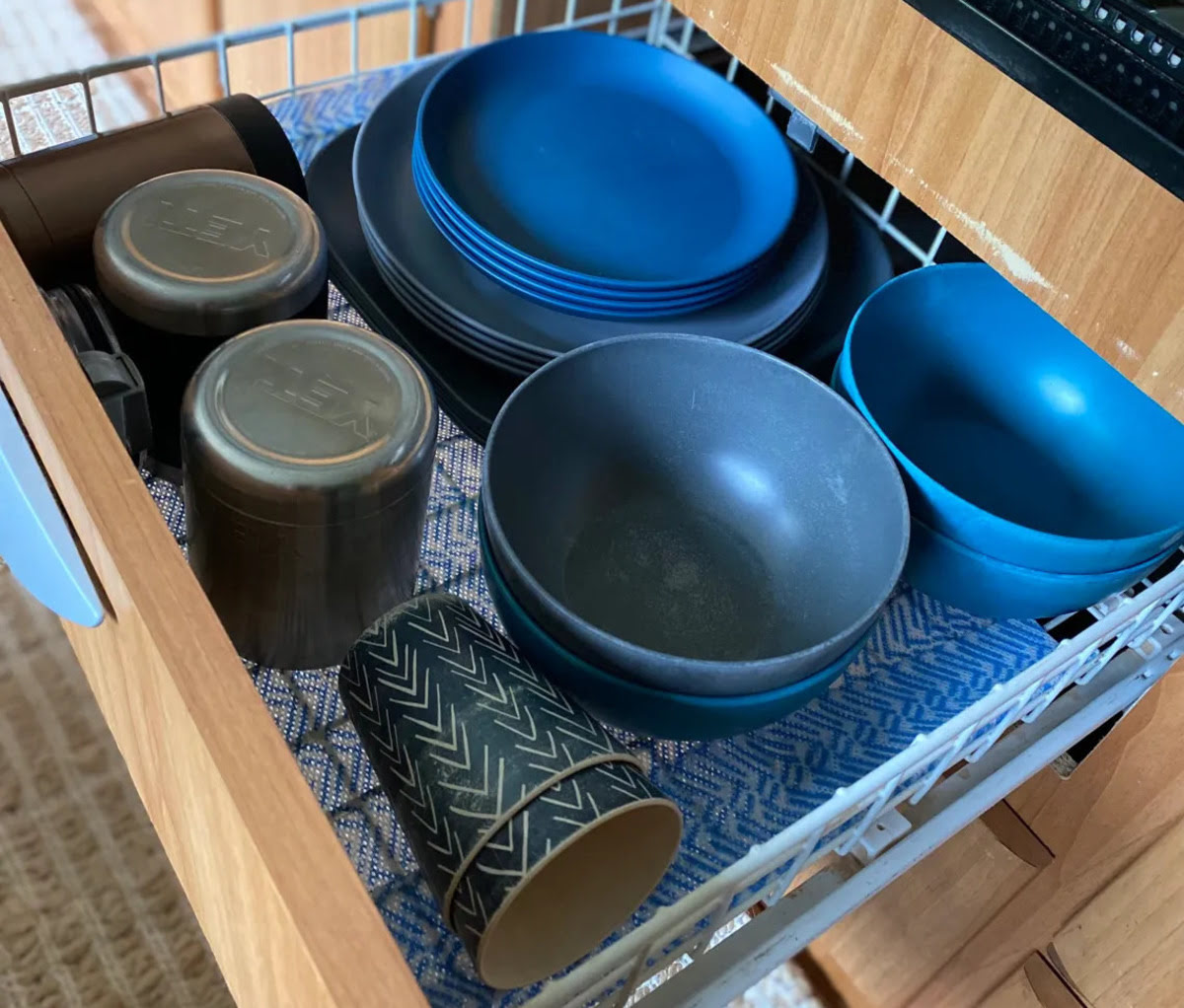
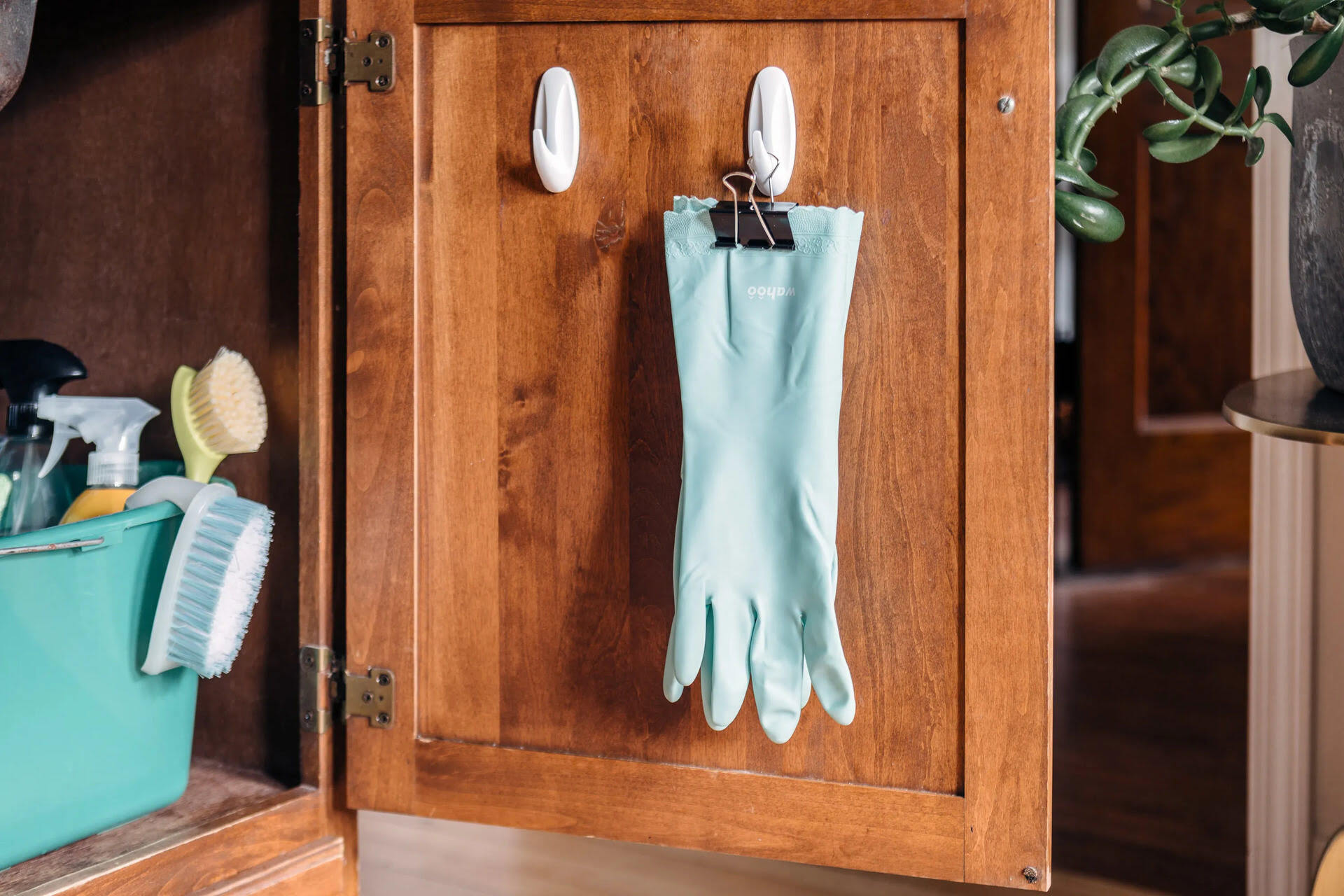
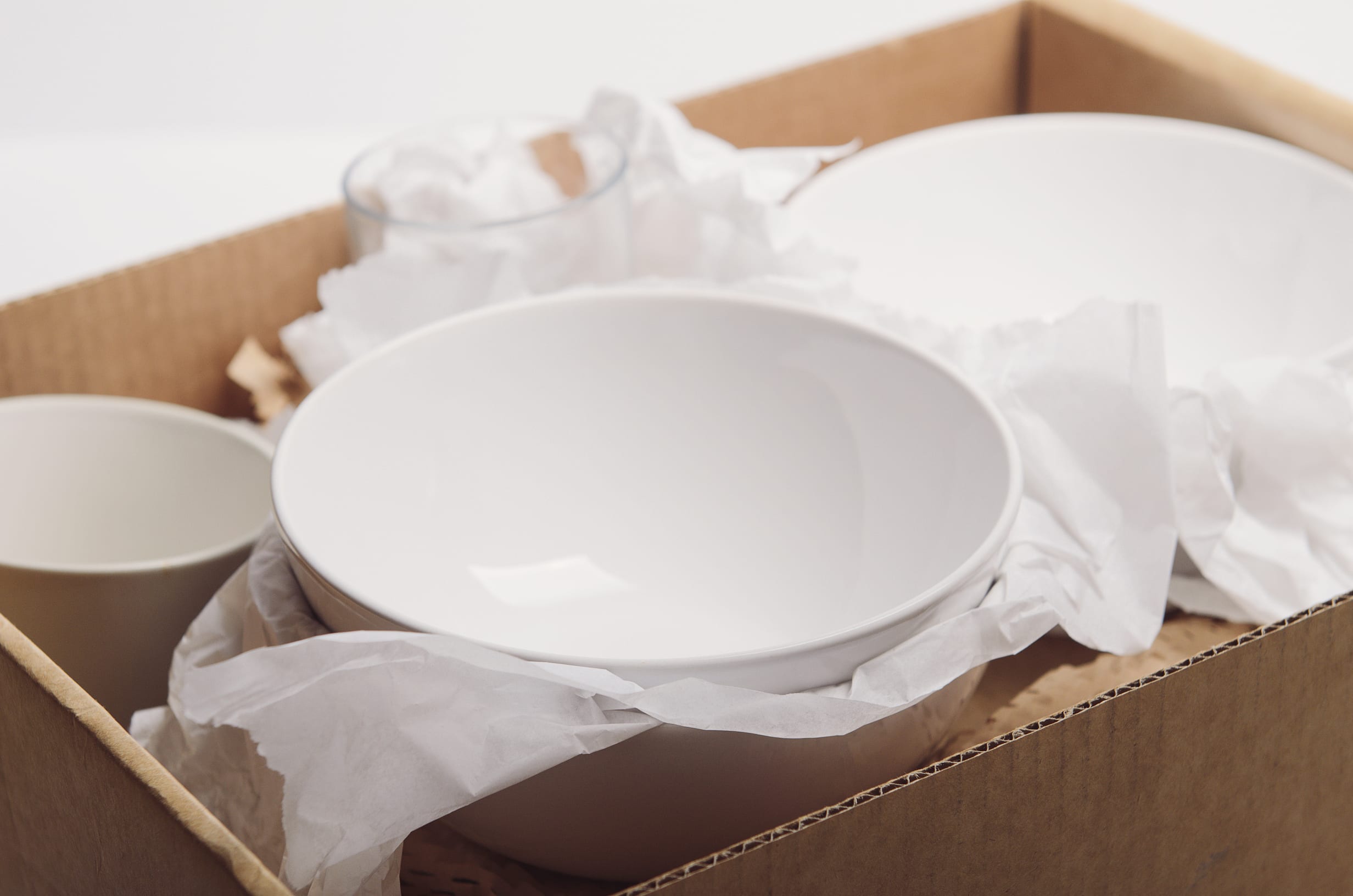
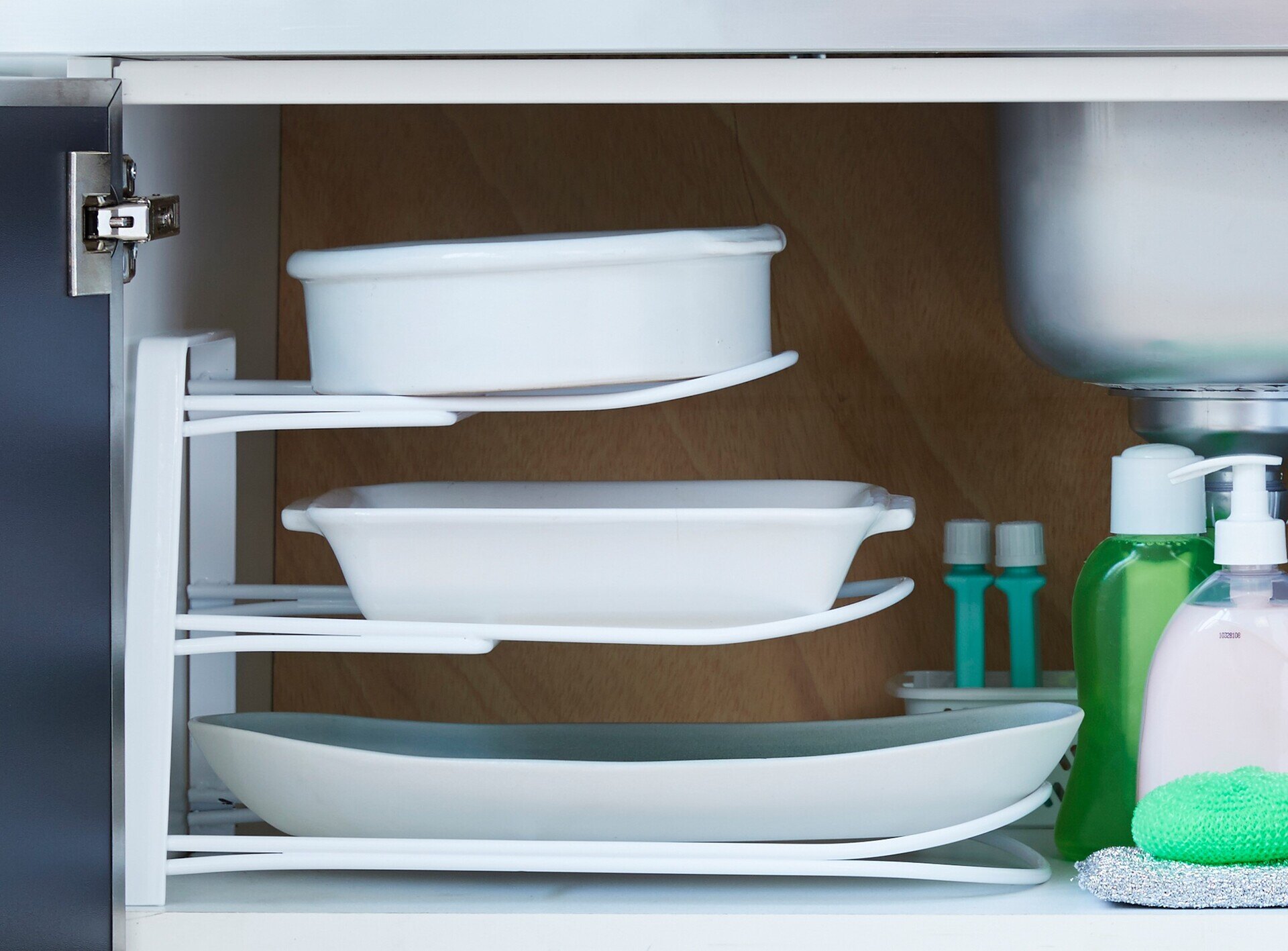
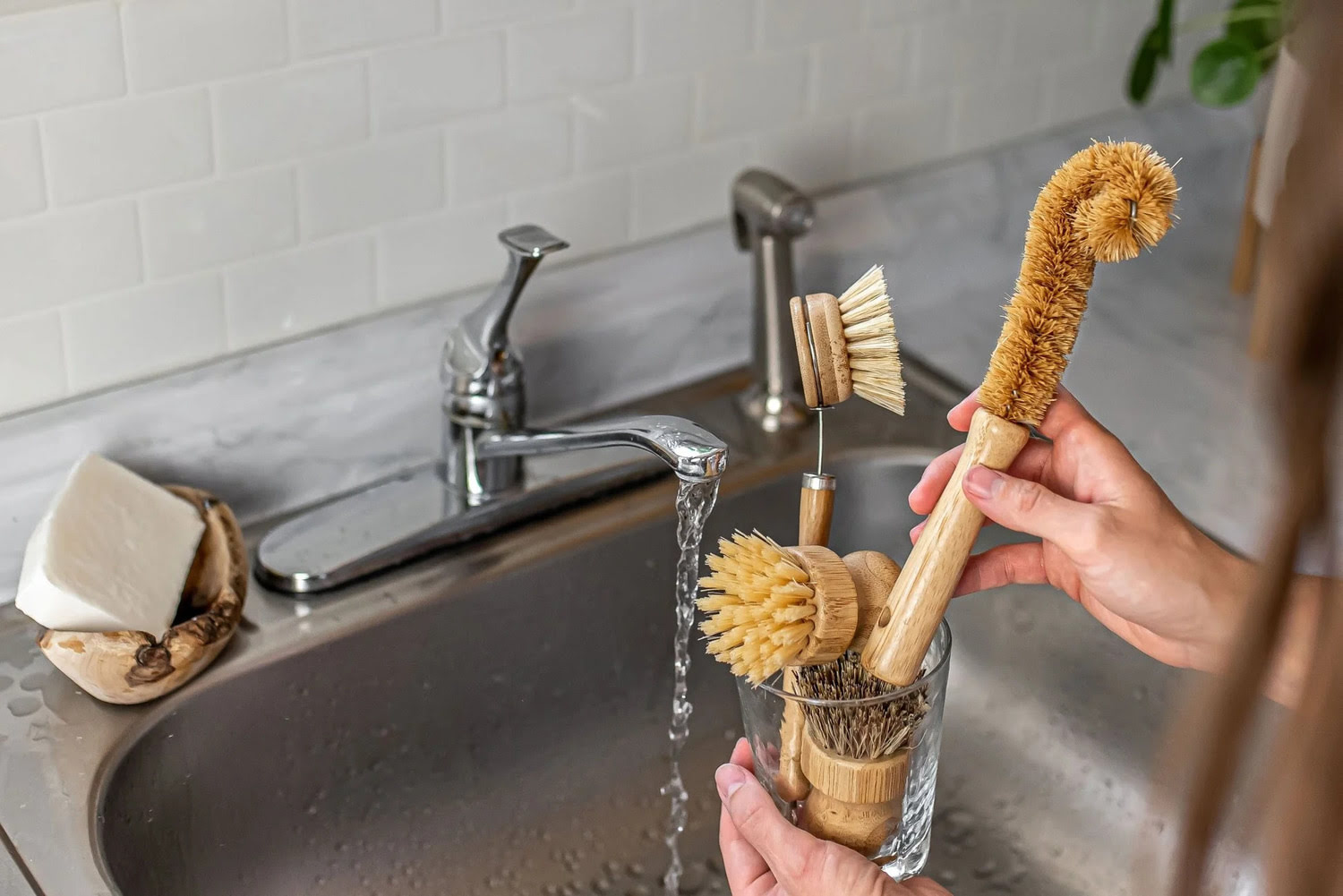
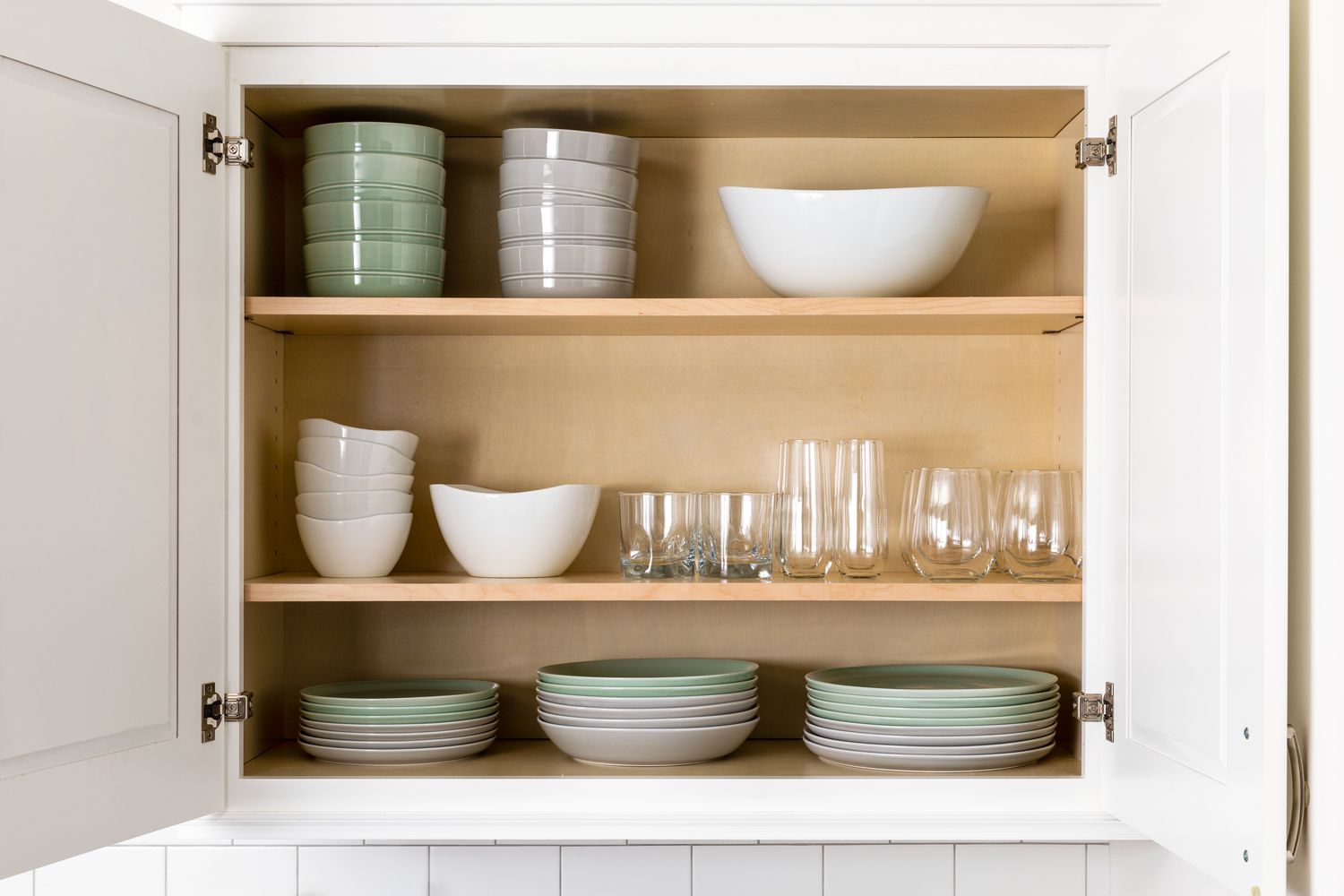
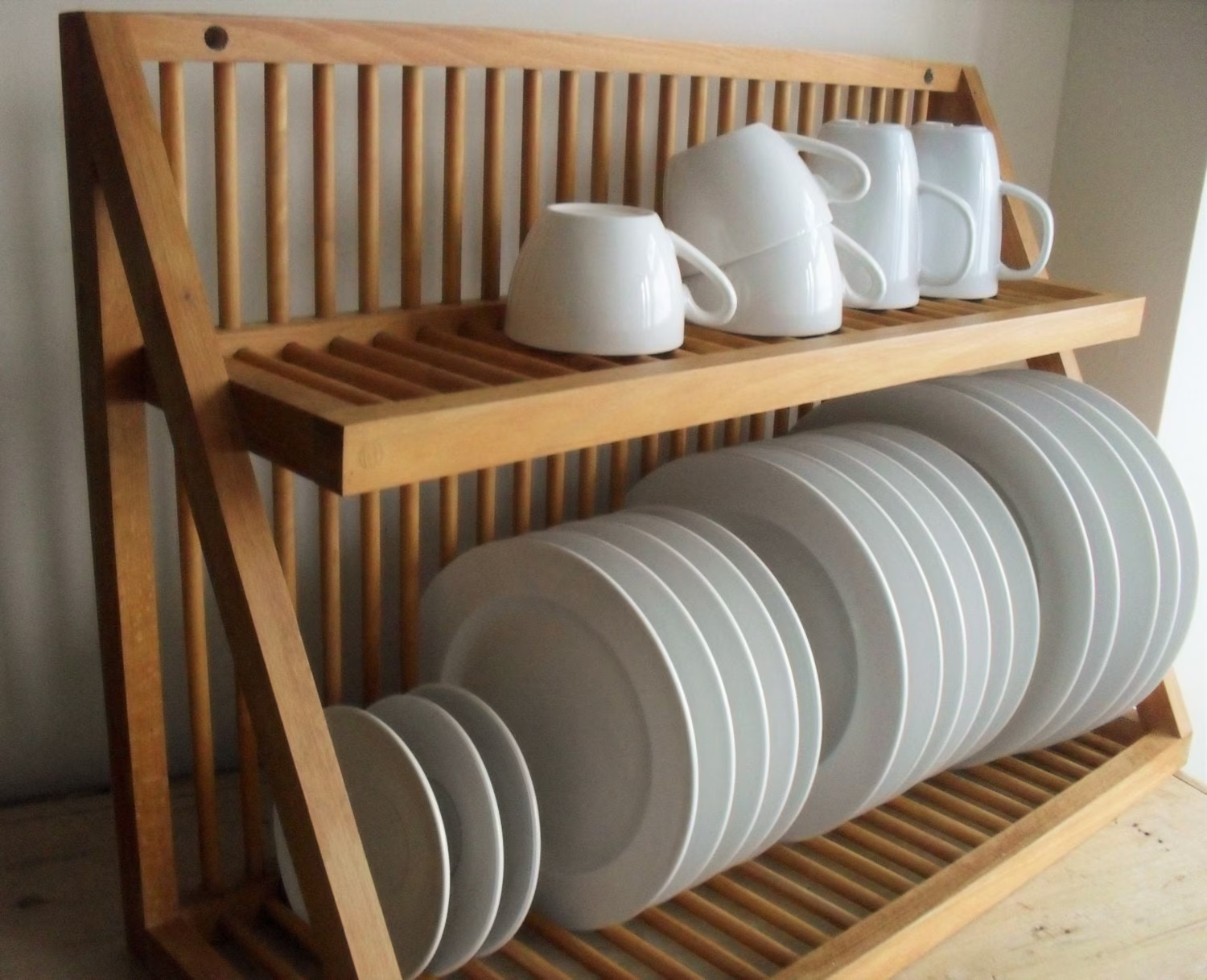
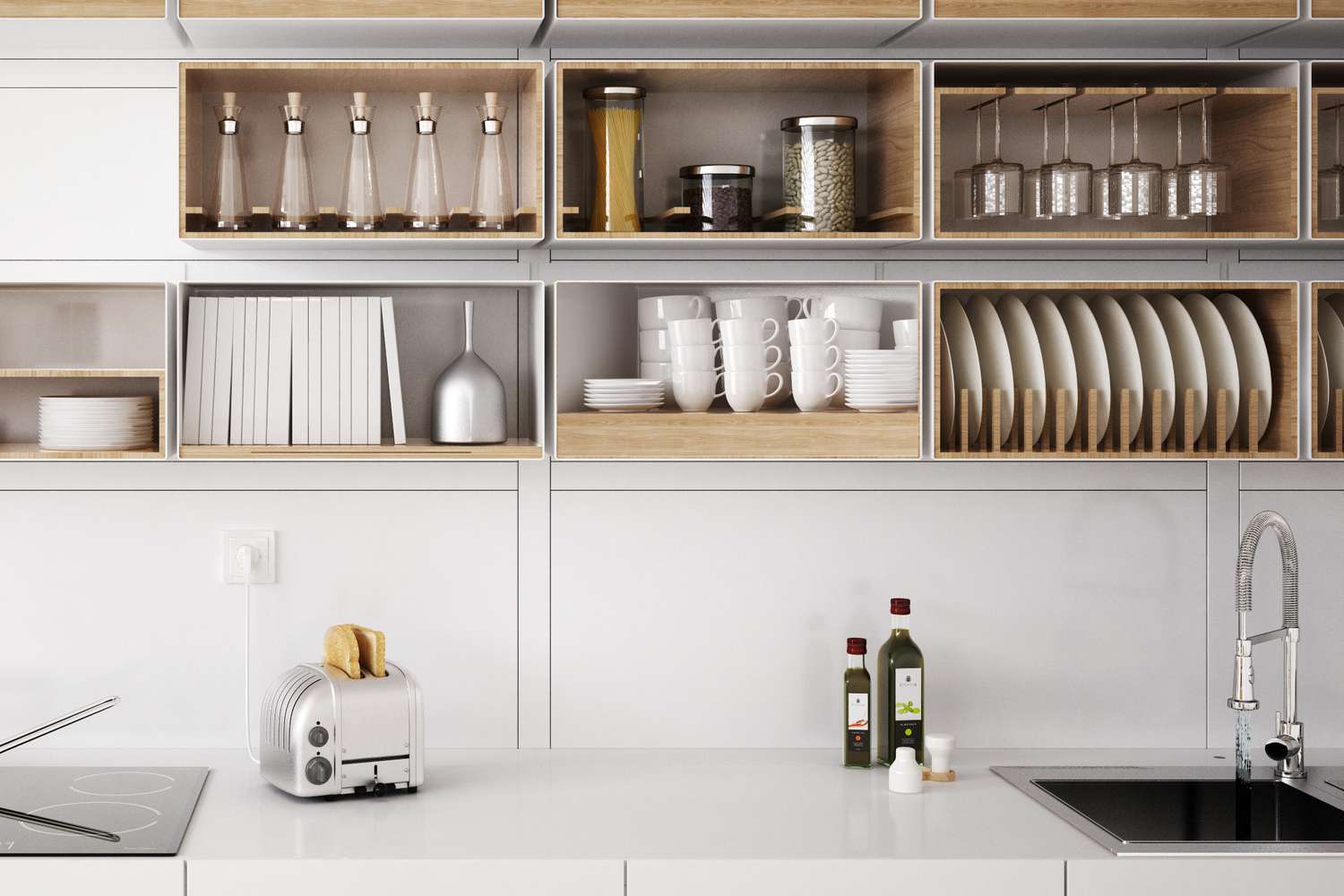
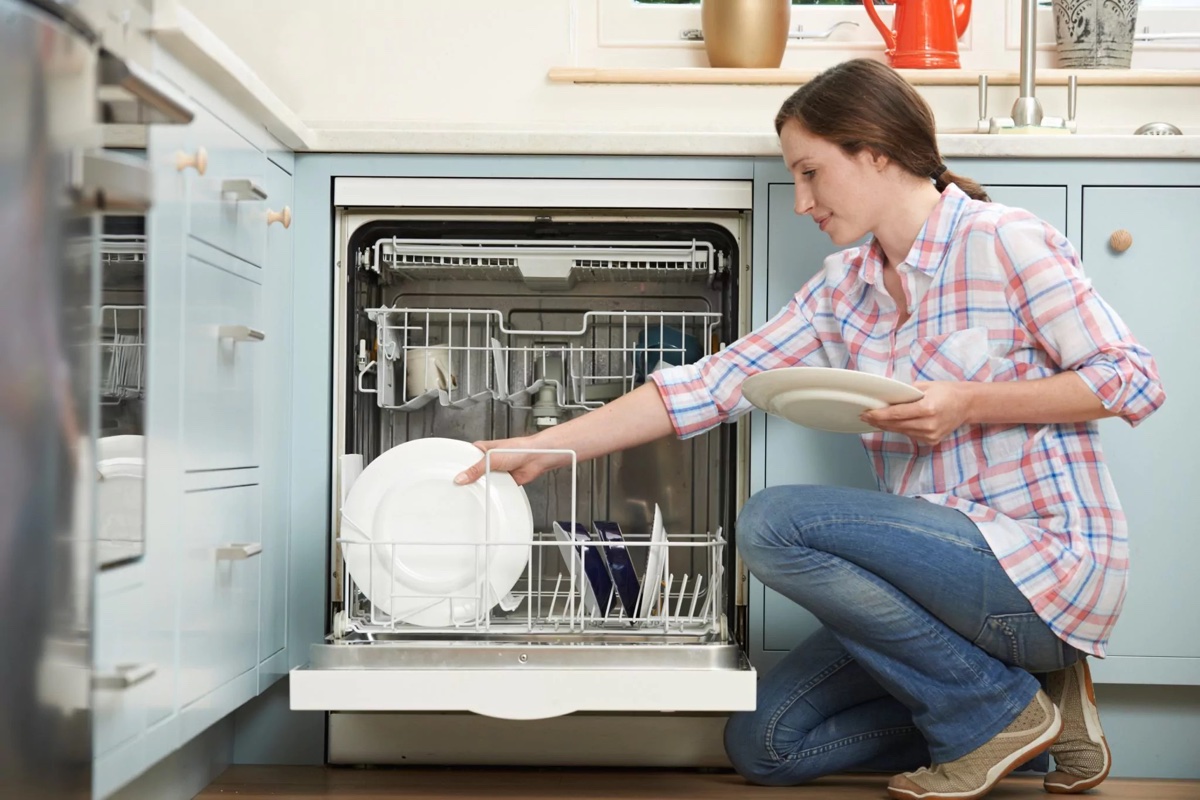
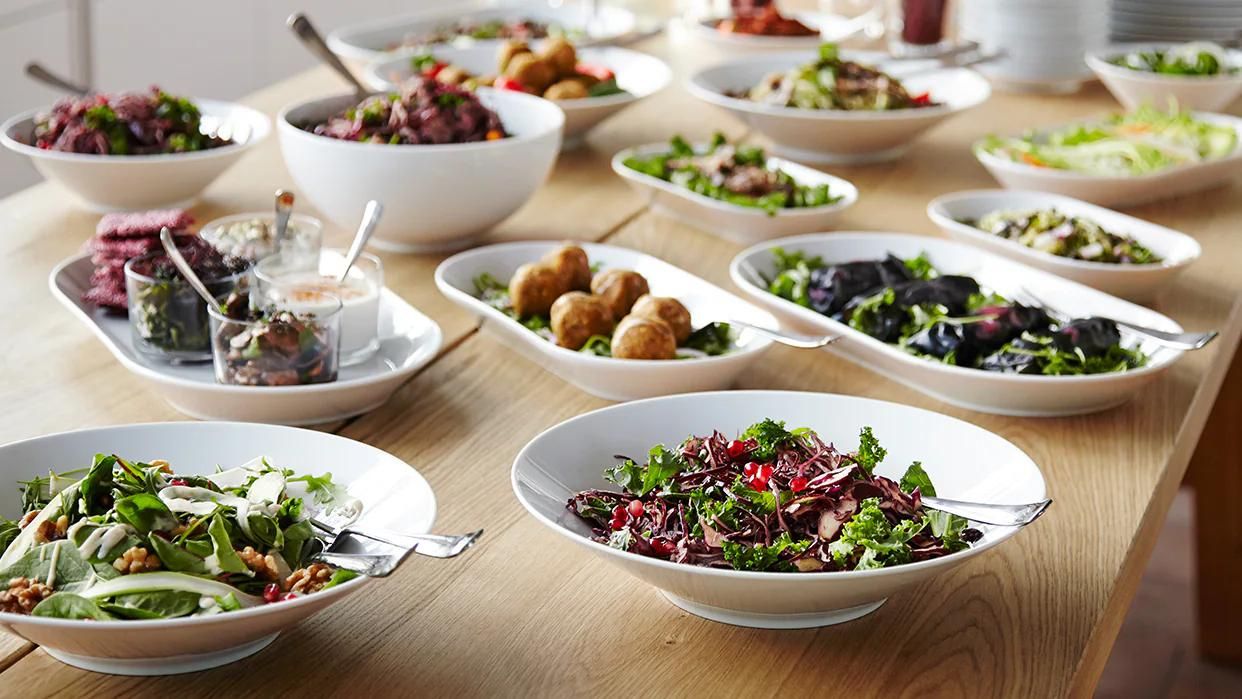
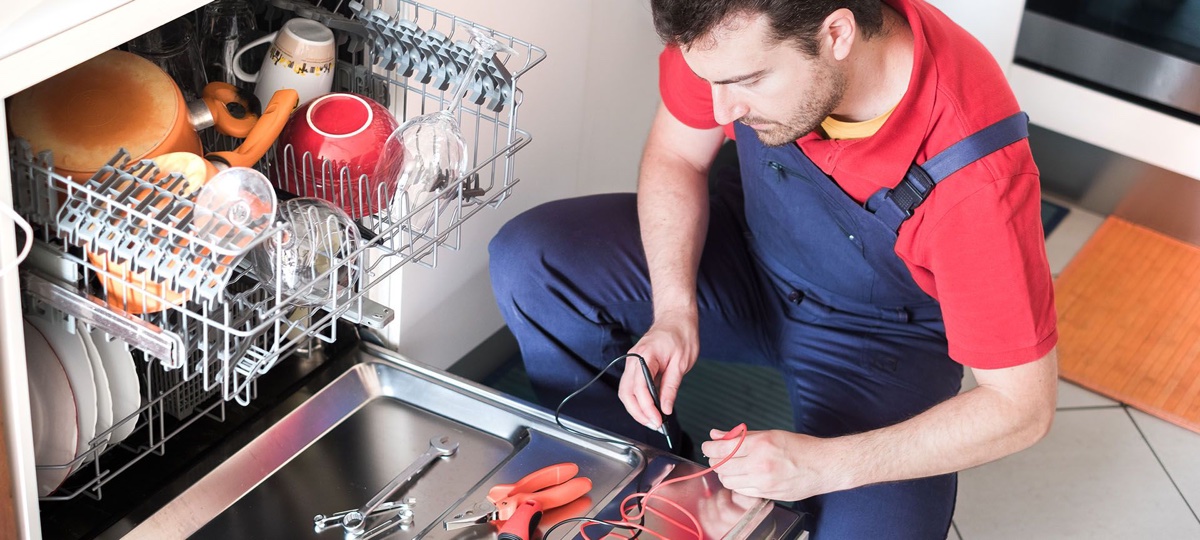
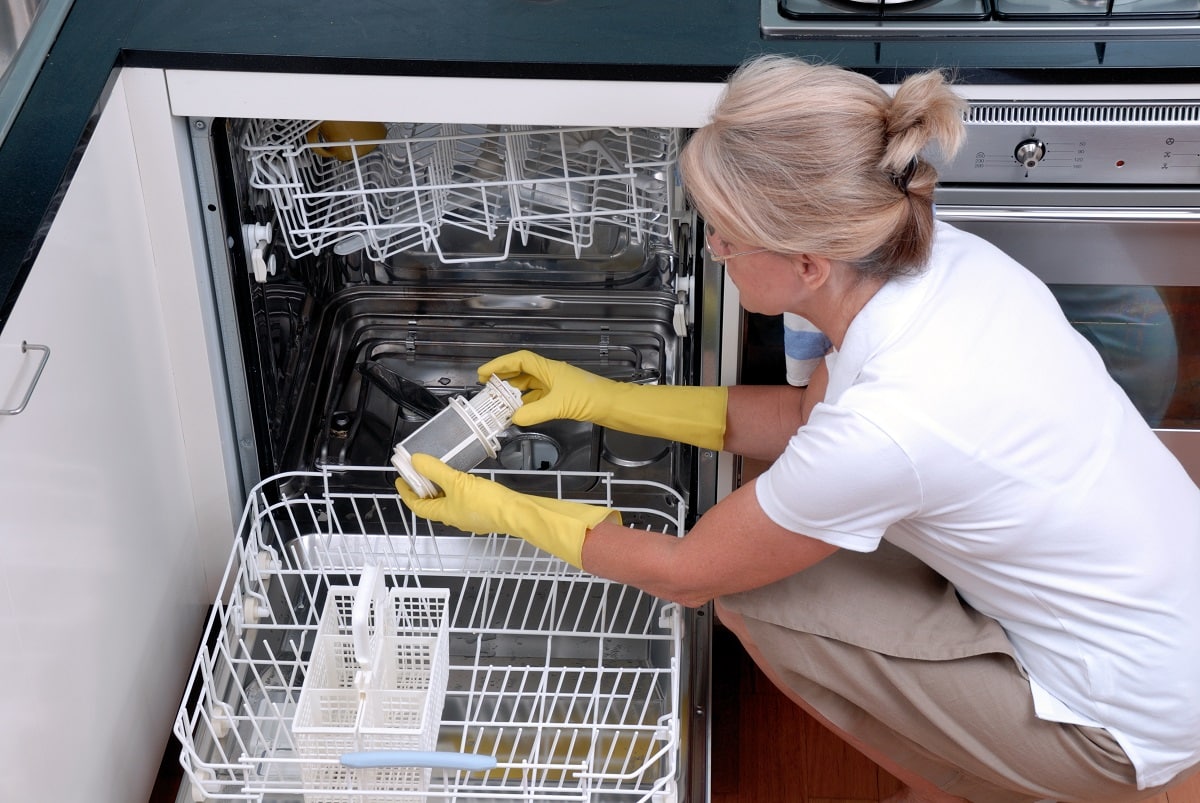
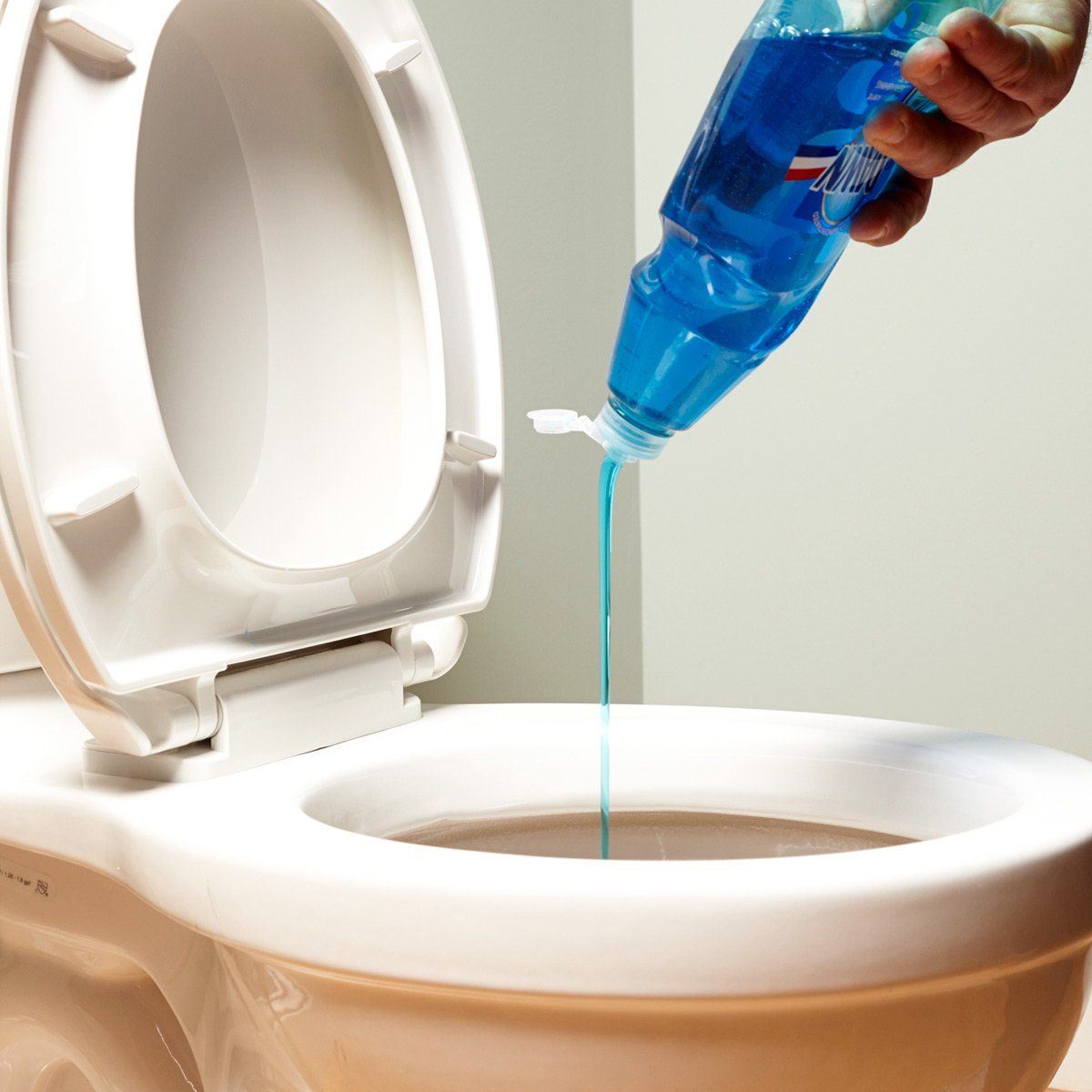

0 thoughts on “How To Store Dishes”